Astronomy
-
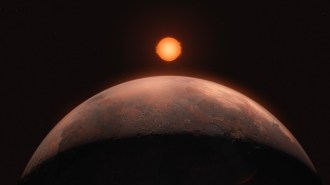 Astronomy
AstronomyBarnard’s star has at least one planet orbiting it after all
After decades of searching, a telltale gravitational wobble points to an exoplanet orbiting the nearby red dwarf every 3.15 days.
By Sid Perkins -
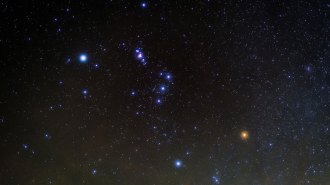 Astronomy
AstronomyBetelgeuse has a tiny companion star hidden in plain sight
Betelgeuse has a sequel — in the form of a companion star that's about the same mass as the sun, orbiting it about once every 2,100 days.
-
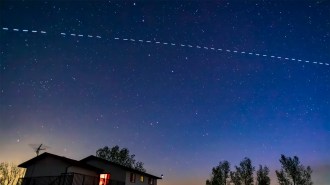 Astronomy
AstronomyStarlink satellites’ leaky radio waves obscure the cosmos
Starlink satellites unintentionally emit radio waves that appear more than 10 million times brighter than natural sources, as seen by ground-based radio telescopes.
By Sid Perkins -
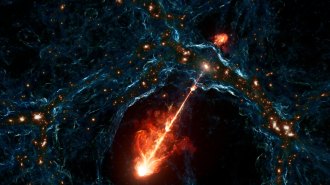 Space
SpaceMeet Porphyrion, the largest pair of black hole jets ever seen
The two plasma fountains, spanning 23 million light-years, could shape cosmic structures far beyond their home galaxy.
-
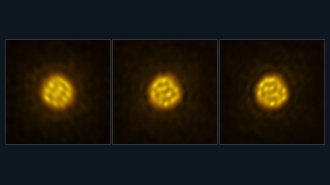 Space
SpaceHow a dying star is similar to a lava lamp
In a first, astronomers captured how convective forces power the quick bubbling movement of gas cells on the surface of a distant, massive star.
-
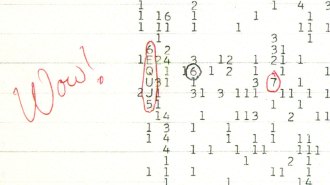 Space
SpaceThe historic ‘Wow!’ signal may finally have a source. Sorry, it’s not aliens
One of the best possible signs of extraterrestrial communication may have an astrophysical explanation — albeit a weird one.
-
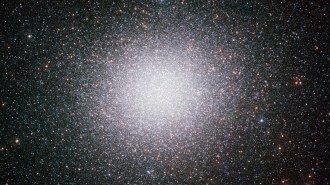 Astronomy
AstronomyThe nearest midsized black hole might instead be a horde of lightweights
Astronomers recently reported that the Milky Way star cluster Omega Centauri hosts an elusive type of black hole. A new study says it does not.
By Ken Croswell -
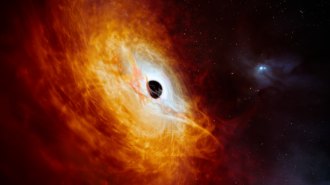 Astronomy
AstronomyA distant quasar may be zapping all galaxies around itself
Star formation has ceased within at least 16 million light-years of the quasar. A similar phenomenon may have fried the Milky Way when it was young.
By Ken Croswell -
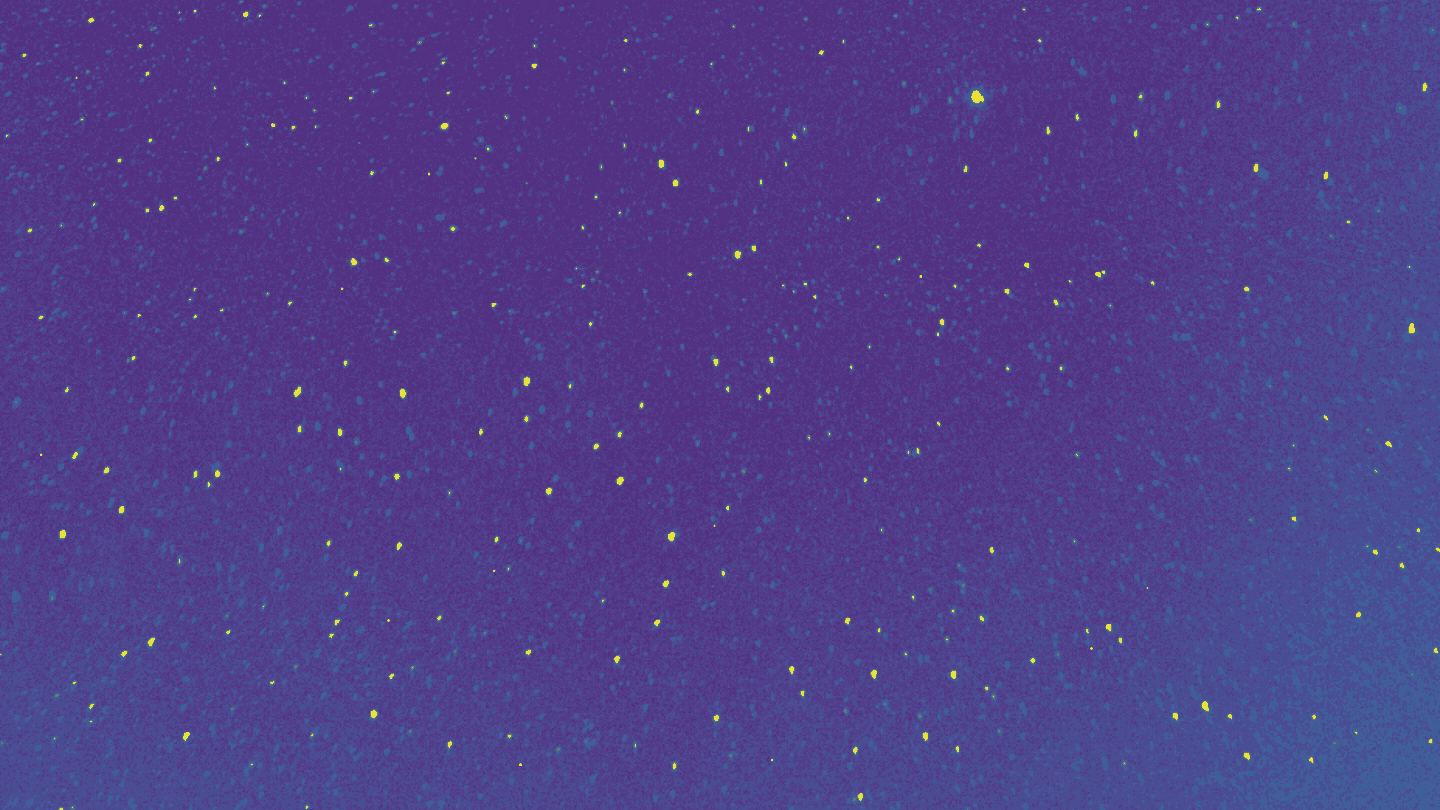 Astronomy
AstronomySome meteors leave trails lasting up to an hour. Now we may know why
A new survey of meteors that leave persistent trails found that speed and brightness don’t matter as much as atmospheric chemistry.
-
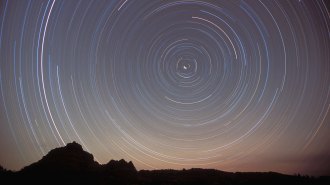 Astronomy
AstronomyThe North Star is much heavier than previously thought
Polaris is about five times as massive as the sun, new observations reveal. That’s around 50 percent heavier than what an earlier study found.
By Ken Croswell -
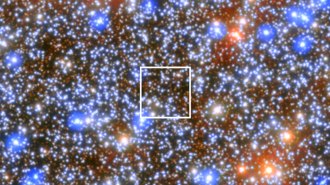 Astronomy
AstronomyA middleweight black hole has been spotted for the first time in our galaxy
The rare find, discovered in the star cluster Omega Centauri, could offer clues to how black holes and galaxies evolve.
-
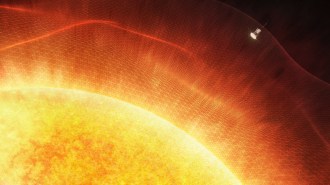 Space
Space50 years ago, scientists were gearing up to hurl a probe at the sun
The Helios mission provided key insights into the sun. Now, NASA’s Parker Solar Probe has taken up the mantle, giving scientists unprecedented views of the star.